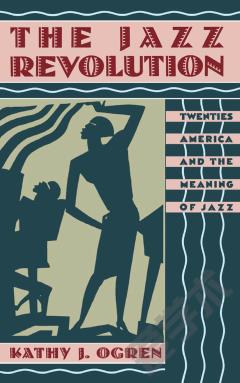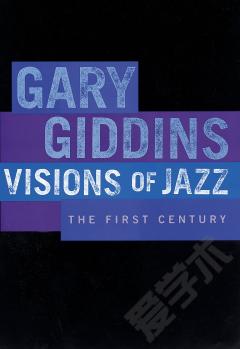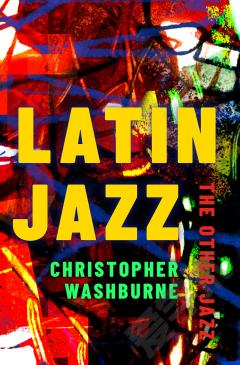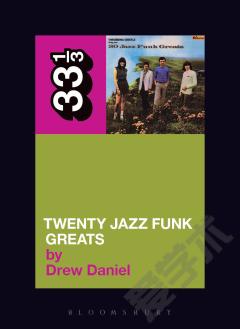The Jazz Revolution —— Twenties America and the Meaning of Jazz
----- 爵士革命:二十世纪美国和爵士乐的意义
In this illuminating work, Kathy Ogren places jazz--a controversial form at its inception--in the social and cultural context of 1920s America and sheds new light on its impact on the nation. She traces its dissemination from the honky-tonks of New Orleans, New York, and Chicago, to the clubs and cabarets of such places as Kansas City and Los Angeles, and further to the airwaves. Ogren argues that certain characteristics of jazz, notably the participatory nature of the music, its unusual rhythms and emphasis, gave it a special resonance for a society undergoing rapid change. Those who resisted the changes criticized the new music; those who accepted them embraced jazz. Ogren also describes the many other factors that contributed to the growth of jazz as a popular music during the 1920s, such as the closing of the Storyville section of New Orleans in 1917 (a signal to many jazz greats to move north and west in search of new homes for their music); prohibition, which sent people out in droves to gang-controlled speak-easies, many of which provided jazz entertainment; and the 1920s economic boom, which made music readily available through radio and the phonograph record. Based on print media, secondary sources, biographies and autobiographies, and making extensive use of oral histories, The Jazz Revolution offers provocative insights into both early jazz and American culture.
{{comment.content}}








 京公网安备 11010802027623号
京公网安备 11010802027623号